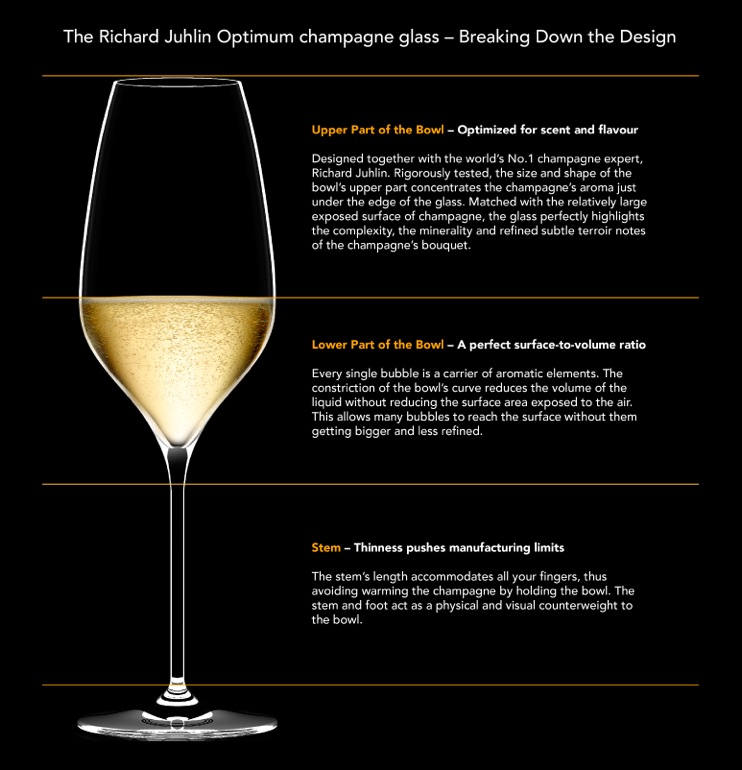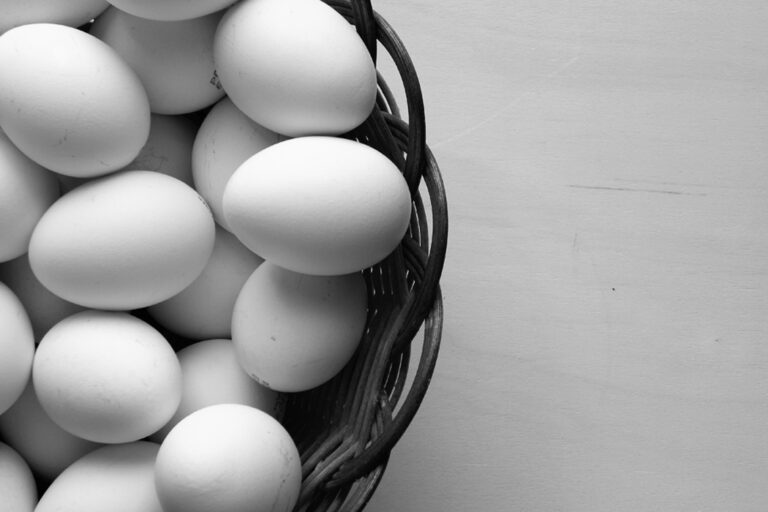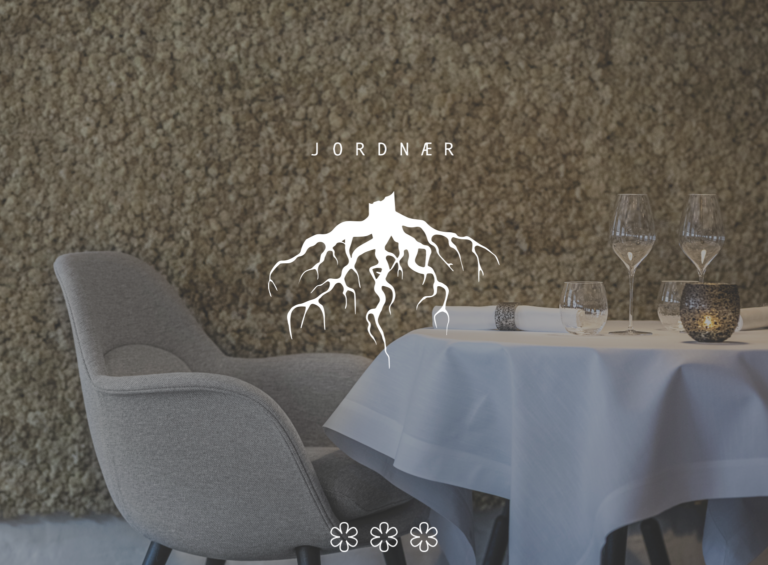Ever Wondered How Many Glasses of Champagne is in a Bottle: Understanding Serving Sizes [read the full champagne story]
Estimated reading time: 11 minutes

When planning a celebration or a gathering, one commonly asked question is how many glasses of Champagne can be poured from a single bottle. A standard bottle of Champagne holds 750 milliliters, equating to approximately 25.4 ounces. The number of glasses you can serve from one bottle depends largely on the size of the glass and how much Champagne you pour into each glass.
For a standard serving, a flute of Champagne is typically filled with about 4 to 6 ounces, which is the recommended amount to best enjoy the aroma and bubbles of the drink. With this serving size, you can expect to pour around 4 to 6 glasses from a single bottle. However, if you are using larger glasses or prefer to pour more generously, the number of servings will be reduced.
Understanding this, when you’re hosting an event, you can calculate the amount of Champagne you’ll need based on the number of guests and how much each is likely to consume. It’s also important to consider that some guests may want seconds, or you might need extra for toasting. Thus, having extra bottles on hand is always a good idea to ensure that everyone’s glass remains topped up throughout the event.
Understanding Champagne Bottle Sizes
The volume of a Champagne bottle directly influences the number of glasses you can pour. Recognizing the variety of bottle sizes available helps you better plan for events and understand Champagne’s unique aging process related to bottle size.
Standard Bottle
A Standard Bottle of Champagne contains 750ml, which is approximately six glasses. This is the most common size you will encounter and the benchmark for Champagne bottle sizes.
Magnum and Larger Formats
When you’re hosting a larger event, you might consider a Magnum, which is equivalent to two standard bottles at 1.5 liters, serving around 12 glasses. There are also larger sizes for grand celebrations:
- Jeroboam: 3 liters (4 standard bottles)
- Rehoboam: 4.5 liters (6 standard bottles)
- Methuselah: 6 liters (8 standard bottles)
- Salmanazar: 9 liters (12 standard bottles)
- Balthazar: 12 liters (16 standard bottles)
- Nebuchadnezzar: 15 liters (20 standard bottles)
- Solomon: 18 liters (24 standard bottles)
- Primat: 27 liters (36 standard bottles)
- Melchizedek: 30 liters (40 standard bottles)
These larger formats allow for extended aging potential, which many believe enhances the Champagne’s complexity.
Smaller Than Standard
For more intimate occasions, smaller Champagne bottles are appropriate. They include:
- Piccolo: 187.5ml, also known as a quarter bottle or snipe, yields approximately one glass.
- Demi: 375ml, known as a half bottle, serves about three glasses.
These smaller sizes provide a convenient option for solo enjoyment or when looking to celebrate with just one other person.
Calculating the Number of Glasses
When you pour Champagne, the number of glasses you’ll get from a bottle depends on the bottle’s size and the type of glass you’re using. It’s essential to consider the standard pour size, which typically ranges from 4 to 6 ounces per glass.
Standard Champagne Bottle
The standard Champagne bottle holds 750 ml, which is equivalent to approximately 25.4 ounces. With a 4-ounce pour, your standard bottle will yield about 6 glasses of Champagne. If you prefer a more generous 6-ounce pour, you’ll get roughly 4 glasses from the same bottle.
- 6 glasses: more common for tastings or toasts.
- 4 glasses: suitable for more casual settings or when serving with meals.
For a smaller 375 ml bottle, commonly known as a half-bottle or split, expect to serve about half the number of glasses, which equates to 3 glasses with a 4-ounce pour or 2 glasses with a 6-ounce pour.
Varying Glass Sizes and Types
Champagne can be served in various glasses, but the most iconic and appropriate is the Champagne flute. Standard flutes have a capacity of about 6 to 10 ounces, allowing the bubbles and flavor to be savored.
- Champagne flute: Typically holds 6 ounces, making it ideal for the average pour.
- Glass size and type: Varied sizes and types, including wider glasses, can affect how many pours you get per bottle.
When pouring into a larger glass or a different type of glass such as a white wine glass, be mindful that the number of servings will decrease. The wider the glass, the less pronounced the flavors and the faster the Champagne will lose its effervescence.
| Glass Type | Capacity (ounces) | Glasses per 750 ml Bottle |
|---|---|---|
| Standard flute (6 ounces) | 6 | Approx. 4 glasses |
| Tasting glass (4 ounces) | 4 | Approx. 6 glasses |
| Larger flute (> 6 ounces) | Variable | Fewer than 4 glasses |
By using a standard flute and a consistent pour size, you can ensure that each of your guests receives an equal and appropriate serving of Champagne, preserving the flavor and the celebratory experience.
Serving Champagne at Events
When planning an event, understanding how to serve champagne can enhance the guest experience. Proper attention to quantities, pouring techniques, and serving temperature ensures a memorable celebration.
Planning for Guest Numbers
To calculate champagne needs, consider your guest count and the nature of your event. A standard 750ml bottle of champagne serves approximately five to six glasses (125-150ml each). For a toast at a wedding, one glass per guest will suffice. If champagne is the main drink, plan on 1.5 bottles per person for a two-hour party. For a longer event, expect to increase that allocation.
Bottle Calculations for Various Event Sizes:
| Event Size | Bottles for Toast Only | Bottles for Full Service (2 hours) |
|---|---|---|
| 20 guests | 4 bottles | 30 bottles |
| 50 guests | 10 bottles | 75 bottles |
| 100 guests | 20 bottles | 150 bottles |
Remember that it’s better to have a little extra than to run out of champagne. Plan for a few spare bottles to cover potential breakage or loss.
Pouring Techniques
Pour champagne with finesse to avoid overflow and ensure even serving sizes. Tilt the glass at a 45-degree angle and pour slowly, allowing the champagne to glide along the side. This technique reduces foam and fills the glass without causing it to overflow. Fill the glass just over two-thirds, as this allows the aromas to collect and gives the champagne space to breathe.
Key Pouring Steps:
- Tilt the glass at 45 degrees.
- Pour slowly along the side of the glass.
- Stop pouring at just over two-thirds full.
Optimal Serving Temperature
Serve your champagne at the ideal temperature—between 8°C and 10°C (46°F to 50°F). Too warm and the flavors won’t be as crisp; too cold and you mute the champagne’s complexity. If you’re hosting outdoors, consider the ambient temperature and adjust your chilling times accordingly. To quickly chill bottles, place them in a bucket filled with ice and water for 20 minutes before serving.
Temperature Guide:
- Ideal Serving Temperature: 8°C – 10°C (46°F – 50°F)
- Quick Chill Method: Ice water bath for 20 minutes
Maintain the temperature throughout your event using insulated coolers or refrigeration units. Always have a fresh bottle on standby for a continuous flow, ensuring each guest enjoys their champagne at its best.
Champagne Throughout the Occasion
Champagne is a versatile drink, enhancing moments of celebration and adding a sparkle to culinary experiences. Your understanding of how it integrates into various aspects of an event enhances the experience.
Toasting and Celebrations
When making a toast or saying cheers, champagne is often the star. Each 750ml bottle typically serves five to six standard champagne glasses, ensuring each guest can join in the toast. The bubbles and aromas from quality champagne contribute to the festive atmosphere, making the moment more memorable.
Refills and Continuous Service
During an event where champagne is continuously served, the host’s attention to refills may vary based on the formality and structure of the occasion. For informal gatherings, like a brunch, you may expect a festive and steady pouring of drinks like mimosas or champagne cocktails, providing a relaxed experience where the champagne can be savored without interruption.
Pairing with Food
Champagne’s variety in flavors and quality facilitates its pairing with different types of food. It can range from light and crisp varieties ideal for appetizers, to more full-bodied options that complement main courses. The glassware used, such as flutes or coupes, can also influence the tasting experience, enhancing the drink’s aromas and flavors. Champagne cocktails can bring a twist to the pairing, offering a blend of tastes that complement a wide array of dishes.
Champagne Glassware
Choosing the right glassware enhances your Champagne drinking experience. Glass design, shape, and size affect the effervescence and aroma, essential aspects of enjoying Champagne.
Flute Glasses
Flute glasses are your classic choice for Champagne. Their tall, narrow design allows the bubbles to rise slowly, preserving carbonation and concentrating the aroma.
Characteristics of Flute Glasses:
- Shape: Tall and slender
- Effervescence: Promotes a slow rise of bubbles
- Aroma: Concentrates the scent for an enhanced olfactory experience
A modern variation of the traditional flute is the tulip glass, whose slightly wider shape allows you to better appreciate the complex aromas of Champagne.
Coupes and Other Varieties
Coupes, also known as champagne saucers, offer a more vintage drinking experience. These shallow, broad-bowled glasses were once the standard for serving Champagne but are now less common due to their quick release of effervescence.
Comparison of Coupe and Flute Glasses:
| Feature | Flute Glass | Coupe Glass |
|---|---|---|
| Shape | Tall, narrow | Short, broad |
| Carbonation | Preserves bubbles | Loses carbonation faster |
| Aroma | Concentrates aroma | Aroma diffuses quickly |
For a Champagne glass that combines the benefits of flutes and coupes, consider the coupe glass. It is designed to both showcase the effervescence and enhance the sipping experience without compromising the aroma or flavor of the Champagne.
Complementing Beverages and Cocktails
When you explore the world of celebratory drinks, considering Champagne as part of a wider beverage repertoire can enhance your experience. Here you’ll find both Champagne-based mixes and suitable alternatives that pair perfectly for any occasion.
Champagne-based Mixes
Champagne is often the star of the show in many classic cocktails. Mimosas, a staple at brunches, consist simply of equal parts Champagne and chilled citrus juice, typically orange juice. For a twist on the traditional, you can experiment with other juices like grapefruit or blood orange.
Champagne Cocktails are a sophisticated blend where the bubbly is enhanced with a sugar cube, bitters, and often a citrus twist. The sugar and bitters complement the complexity of the Champagne, while the citrus adds a refreshing zest.
Alternatives to Champagne
If you’re looking for an alternative to Champagne, there are a variety of sparkling wines that can suit your taste and budget. Prosecco, an Italian sparkling wine, is a popular choice known for its fruity and floral notes. It’s generally sweeter than Champagne, which makes it great for lighter cocktails or enjoying on its own.
For another substitute, consider Cava, Spain’s signature sparkling wine. Much like Champagne, it’s made using the traditional method, which gives it a complexity that can rival that of its French cousin. When you’re exploring brands, remember that both Prosecco and Cava offer a range of options, from affordable to premium, just like various Champagne brands.
In summary, your adventures in sparkling beverages can include a diverse array of Champagne-infused cocktails as well as delightful alternatives like Prosecco and Cava, each offering a unique way to celebrate the moment.
Champagne Preservation
Maximizing the lifespan of your Champagne’s effervescence and flavor post-opening requires proper preservation techniques. These methods will help you maintain the quality of the Champagne and enjoy its vibrant bubbles for longer.
Preventing Waste
To avoid wasting your Champagne, always use a Champagne stopper immediately after pouring. A stopper will significantly slow down the process of carbonation loss, ensuring your remaining Champagne retains its characteristic bubbles. If you don’t plan to finish the bottle in one sitting, consider having a champagne saver, which clamps onto the bottle, preventing excess gas escape and keeping the Champagne chilled. It’s also helpful to keep the Champagne stem upright during storage to reduce the surface area of Champagne exposed to air.
- Champagne Stopper: Place on bottle immediately after pouring.
- Champagne Saver: Clamp onto the open bottle.
Storing Open Bottles
For leftover Champagne, keep the bottle cold. Ideally, it should be stored in a refrigerator at about 7°C to 10°C. A too warm or too cold temperature can affect the wine’s qualities. Position the bottle upright to minimize the oxidation process. To savor the flavor and effervescence for a couple of days after opening, ensure you follow these steps:
- Temperature: Store at 7°C – 10°C.
- Position: Keep the bottle upright.
Frequently Asked Questions
Before diving into the specifics, understand that the number of glasses you can pour from a bottle of champagne depends on the serving size and the bottle volume.
What is the typical serving size of champagne per glass?
A standard serving of champagne is typically about 4 ounces. This measure provides a balance between enjoying the beverage and minimizing waste.
How does bottle size affect the number of servings of champagne?
The amount of servings in a champagne bottle varies with size. A standard 750ml bottle typically offers 6 servings, while larger or smaller bottles will adjust the count proportionally.
What is the recommended amount of champagne for a group toast?
For a toast, you might pour less, about 3 ounces per glass, to ensure everyone gets a share and the champagne retains its effervescence.
Can you calculate the number of champagne bottles needed for a large event?
To calculate for a large event, estimate one standard bottle per every 6 guests if serving 4-ounce pours. Adjust the quantity based on your specific guest count and serving size.
How does the size of a champagne flute impact the total number of servings from a bottle?
A larger flute will decrease the number of servings from a bottle. Conversely, smaller flutes increase the number of servings, though they may affect the overall experience.
What is an appropriate quantity of champagne to serve for cocktail events like weddings?
For cocktail events like weddings, plan for 1 to 1.5 glasses of champagne per hour per guest. Adjust this estimate based on event duration and the role of champagne in your celebration.





